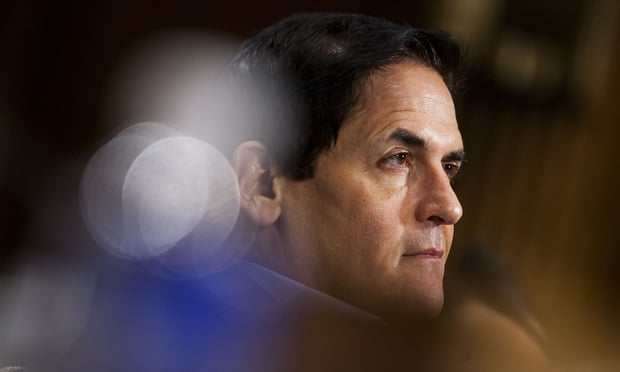 Credit: kieferpix/Adobe Stock
Credit: kieferpix/Adobe Stock
Many employers are bad at analyzing their behavioral health benefits and making sure that the benefits are comparable to their other health benefits, but they are quick to improve when regulators come by.
Acting U.S. Labor Secretary Julie Su, U.S. Health and Human Services Secretary Xavier Becerra and U.S. Treasury Secretary Janet Yellen presented those conclusions today, in a report to Congress on implementation of the Mental Health Parity and Addiction Equity Act of 2008.
The Employee Benefits Security Administration is the Labor Department agency in charge of enforcing MHPAEA requirements at employer plans.
Recommended For You
Between Sept. 2, 2022, and July 1, 2023. EBSA sent 17 letters asking employers for analyses of their behavioral health benefits. Many employers responded with a "lack of meaningful comparison or analysis" or "documents provided without adequate explanation," officials said.
When EBSA investigators looked at plan provider directories, they found that only 8% to 28% of the behavioral health provider entries provided accurate contact information for providers who were really taking new patients.
That compared with directory entry usability rates ranging from 24% to 37% for entries for other types of health care providers.
"If plans and issuers use their own inaccurate directory data that does not reflect the actual availability of their providers to patients to assess whether they meet network adequacy metrics, then those assessments may have little bearing on actual access to care under the plan," officials said.
Related: Mental health issues don't get a holiday
Employers have argued that they have trouble providing adequate access to behavioral health care mainly because of a weak supply of behavioral health providers and a lack of behavioral health providers willing to accept what the plans think are reasonable rates.
EBSA believes that part of the problem may be low reimbursement rates for behavioral health care providers.of what Medicare pays for the same products or services.
EBSA investigators found, for example, that one coverage issuer paid medical and surgical providers about 120% to 123% of what Medicare paid.
For behavioral health providers, the issuer paid just 88% to 98% of Medicare's rates.
Other plans increase pay for medical and surgical providers when they have trouble getting those types of providers but fail to take the same steps when they have trouble getting behavioral health care providers, officials said.
Examples: Officials give examples of what happened when EBSA looked at specific self-insured employer health plans.
At many, the plans treated access to services for people with autism differently than other types of services. The plans changed their care access rules after EBSA investigators talked to them.
At one plan with about 17,000 participants, participants ended up going out of network to get 37% to 50% of their behavioral care.
Participants received only 4% of their other care out of network.
The investigator found that the gap was due to how the plan assessed network adequacy, its provider reimbursement levels and its failure to address network adequacy problems.
After EBSA sent a letter indicating that the plan was violating the MHPAEA, the plan took quick action to improve its behavioral health provider network, officials said.
The backdrop: Federal agencies posted a final version of regulations governing parity between behavioral health care benefits and other forms of health care benefits in September.
The odds that the regulations will be implemented as written appear to be low. The regulations were released under the administration of President Joe Biden, who is leaving office, and the agencies' own analysts predicted that complying with the requirements would cost at least $656 million in the first year and about $131 million in later years.
But Congress and the incoming Donald Trump administration could find other ways to move forward. Republicans in Congress have generally agreed on the need to improve patients' access to behavioral health care.
The enforcement machinery: Employers are quick to respond and change their ways when they face even the suggestion of a possibility that EBSA investigators might take action, officials said.
But one problem is that EBSA suffers from severe budget constraints and has only 302 investigators, or one investigator for every 13,900 plans it regulates, officials warned.
About 25% of EBSA's enforcement team is working on behavioral health benefits adequacy, officials said.
Officials also cited a problem with the scope of EBSA's authority: EBSA has full authority to address problems at employers but much less authority to address problems at the service providers that typically design and manage employers' behavioral health benefits.
"Service providers are usually well-situated to efficiently address concerns across many plans at once," officials said. "EBSA has leveraged its existing enforcement tools to achieve some success when addressing concerns at the service provider level, but EBSA could have an even greater impact if it had full authority to pursue service providers directly."
© 2025 ALM Global, LLC, All Rights Reserved. Request academic re-use from www.copyright.com. All other uses, submit a request to [email protected]. For more information visit Asset & Logo Licensing.







